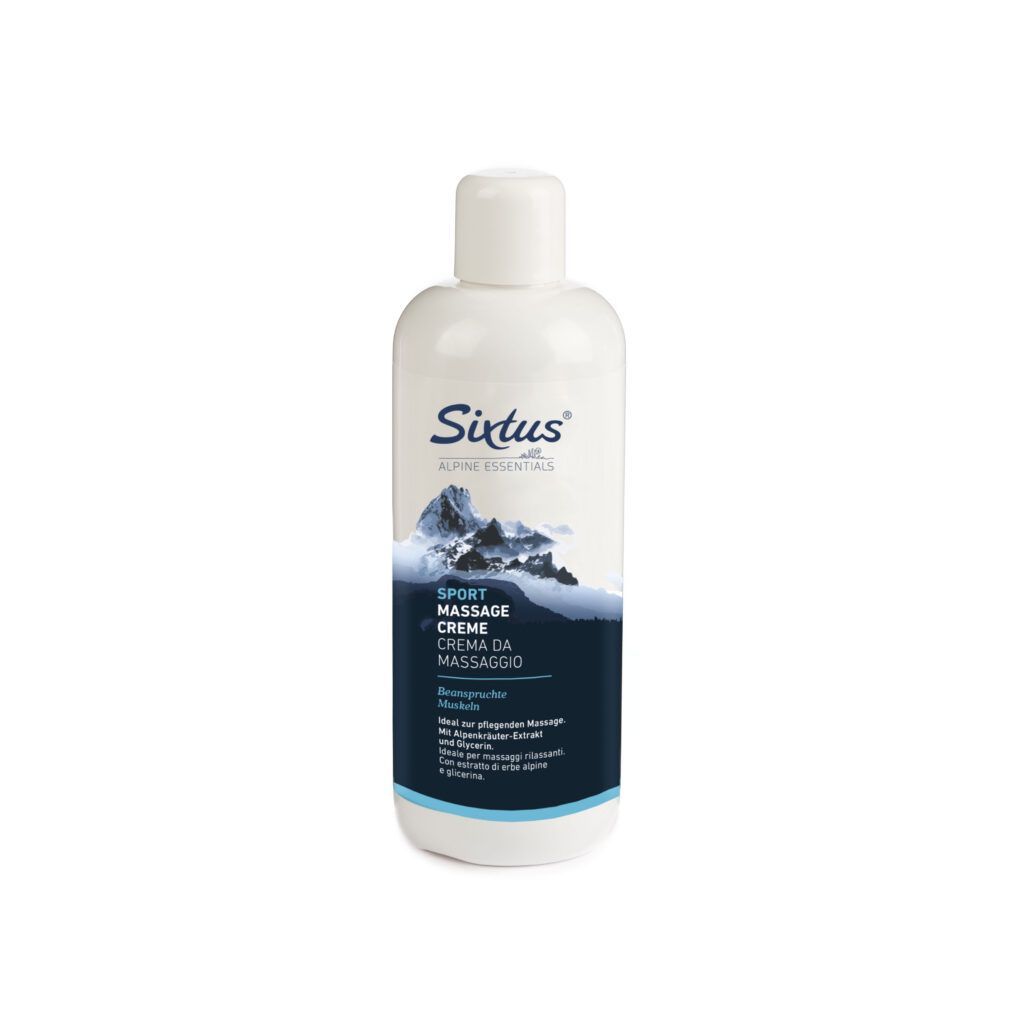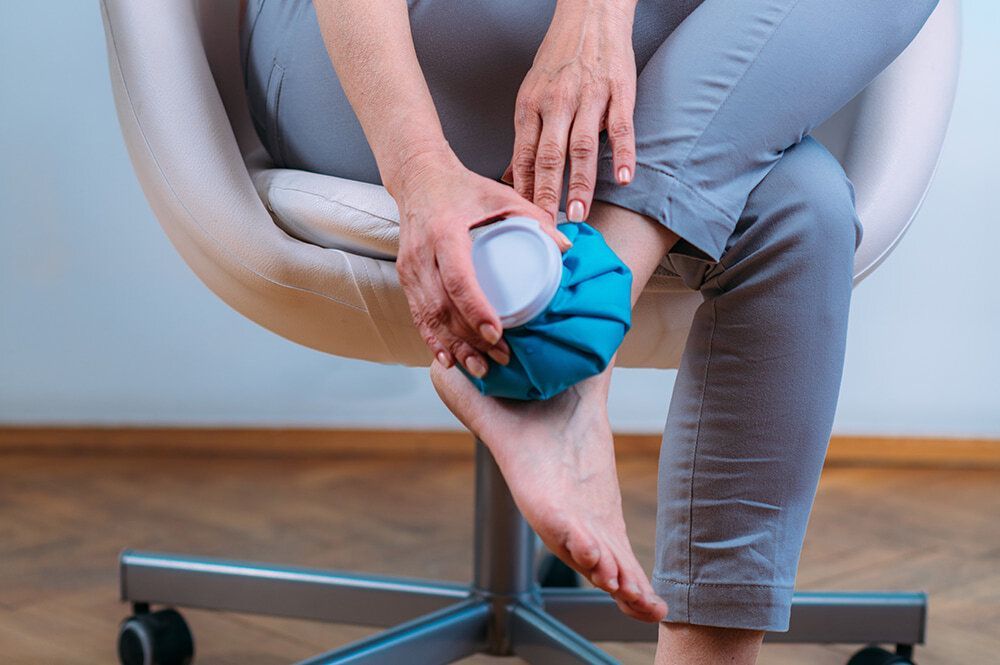What are the causes of head and neck pain?

- 1 Neck and head pain: a common issue
- 2 Neck and head pain: a common issue
- 3 What can be done for neck and head pain?
Causes of head and neck pain
Head and neck pain is a common problem affecting professional and amateur athletes.
This problem is often linked to a disorder in the neck, and it is no coincidence that the two pains are closely related.
Headache is very closely related to neck pain and vice versa. It is a condition that can be highly uncomfortable, negatively affecting sports performance and a person’s everyday life.
Neck and head pain can result in different types of headaches: cervical headaches, a widespread disorder in adulthood where the part of the spine that supports the head and neck is inflamed, or sinus headaches, caused by nasal congestion.
Whatever the type, the causes of neck and head pain are linked to:
1. muscle tension. Excessive tension of the neck muscles can cause both neck and head pain. It can result from bad posture, stress, or excessive exertion during physical activity;
2. tension headache. This is a type of headache characterized by widespread and constant pain in the head and neck area. This condition can be caused by stress, chronic muscle tension, or incorrect posture;
3. spinal column disorders. Problems such as herniated cervical discs, cervical arthritis, or cervical spondylosis can cause neck and head pain.
4. disorders derived from trauma, aging, or excessive wear and tear of the spinal column;
5. sports injuries. Professional athletes are more susceptible to head and neck injuries due to the physical nature of their sport. Injuries like whiplash, concussions, or spinal injuries can cause head and neck pain.
The best treatments for head and neck pain
This type of pain risks endangering the health of the sports professional, especially if it is not properly treated with the proper measures. First aid is necessary to identify the problem immediately.
In most cases, deep rest and reduced sports activity are recommended.
Rest is essential to allow the muscles in the neck and head to heal completely. Reducing intense physical activity and limiting movements that cause pain in the neck area promotes full recovery.
Using heat and cold therapy on the painful area can provide temporary relief.
The use of ice reduces inflammation, while heat can relax muscles and relieve tension.
A reusable cold-hot pad is the perfect ally for this type of pain. In addition, in some cases, medication may be recommended to relieve pain and reduce inflammation.
Non-steroidal anti-inflammatory drugs such as ibuprofen can be taken under the supervision of a physician. But physiotherapy is a sportsman’s faithful ally in treating neck and head pain. Experienced therapists can use massage, laser therapy, strengthening exercises, and posture improvement to reduce pain and improve function.
How to prevent head and neck pain
Trying to maintain correct posture can help prevent neck and head pain.
Making sure to keep your back straight during physical activity and sedentary work can help you avoid incorrect postures that put pressure on the spine.
Stretching exercises help to relax the neck muscles and prevent excessive tension.
Incorporating targeted neck and upper back exercises into one’s workout routine can provide countless benefits to ward off pain. In addition, it is always good to strengthen the neck muscles through specific exercises to improve stability and endurance and reduce the risk of injury.
Neck and head pain can be a debilitating problem for professional athletes and anyone practicing sports at an amateur level.
Knowing the most common causes of this condition and taking preventive measures will help reduce the risk of injury and aid recovery. If pain persists or worsens, it is always advisable to consult a doctor or sports medical professional for an accurate diagnosis and a customized treatment plan. An athlete’s health is crucial for successful performance.









